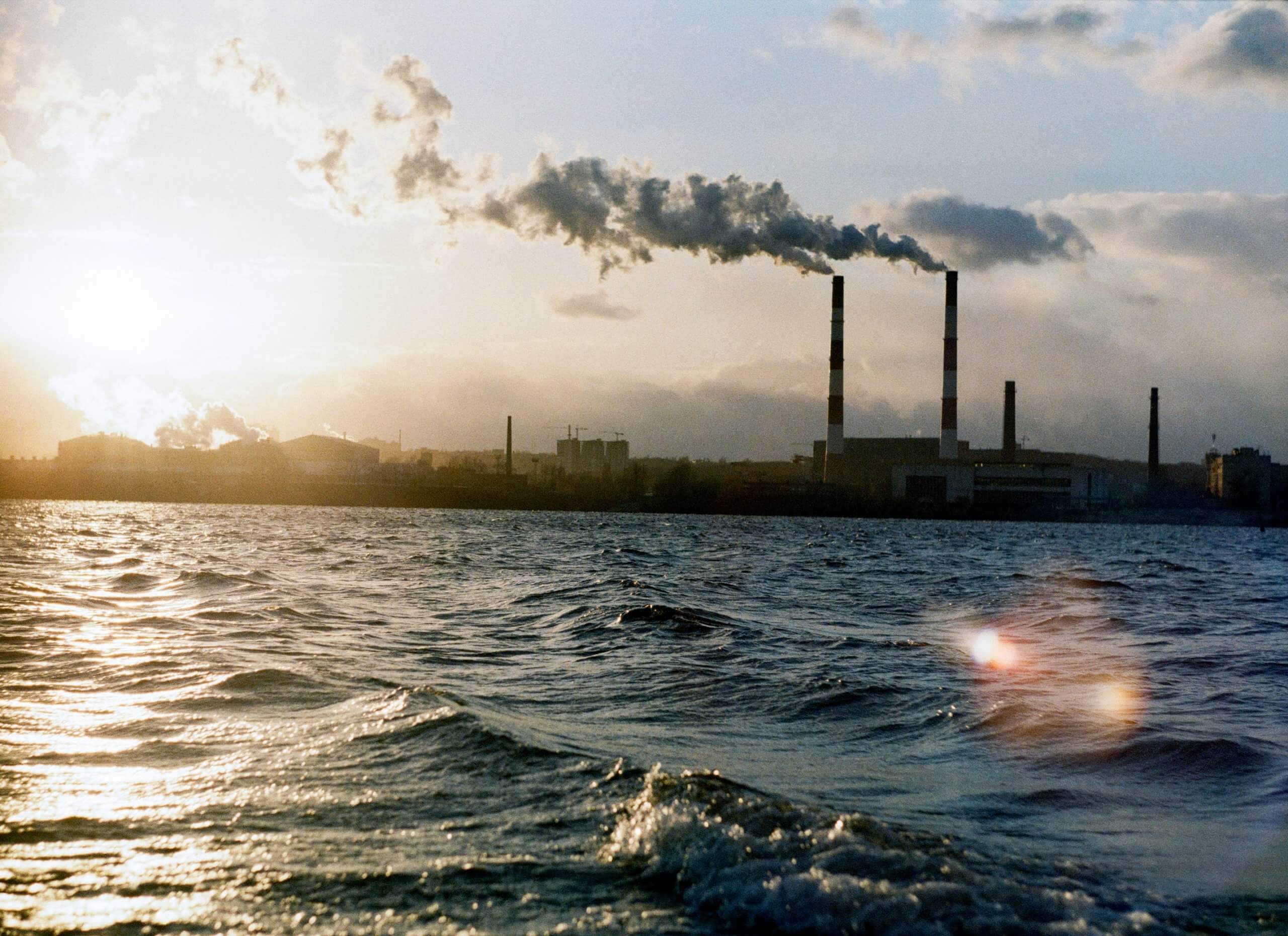Why does pollution matter? Pollution is a discernible threat to humans, animals and the environment. Air pollution is one type of pollution. But what is it, really? Let’s dive into air quality basics with an in-depth explanation of air pollution.
What Is Air Pollution? Easy Definitions
Let’s start with a basic definition. Air pollution refers to contaminants in the air that are harmful to humans, animals, plants and/or the environment. It is any visible or invisible particle or gas present in the air that is not a part of the normal composition of air, or present at levels above the expected level.
According to the Scottish Environment Protection Agency (SEPA), “Air pollution occurs when certain gases and particles build up in the atmosphere to such levels that they can cause harm to our health … as well as damaging the environment around us.”
To emphasize—these definitions extend to substances that are not usually present in the air as well as substances that comprise air yet are present at atypical levels. Both types are air pollution and lower overall air quality. With that in mind, what are the polluting substances?
States of Air Pollution
Thinking back to science class, one of the very first concepts is states of matter. All matter exists in either a solid, liquid or gaseous state. Pollution is no different!
Pollutants can exist in gaseous, solid and liquid forms. Likewise, air pollutants can exist in gaseous, solid and liquid forms. The logical deduction? Air pollution is a mixture of gases, liquids and solids.
What Is the Difference Between Particulate and Gaseous Air Pollutants?
Gaseous pollutants are pollutants that exist in a gaseous state. Particle pollutants are pollutants that exist in a solid or liquid state.
When solid particles and liquid particles, or a mixture of the two, are suspended in the air, they are referred to as particulate matter. Particulate matter (PM) is the standard term for pollutants in solid and liquid states.
The categories “gaseous pollutants” and “particle pollutants” cover the possible states of air pollution. However, they are used differently.
What Are Gaseous Pollutants?
Gaseous pollutants encompass a plethora of specific air pollutants. Pollutants that have their own names and properties that exist in a gaseous state and fall under the gaseous pollutant classification.
- Gaseous pollutants can be invisible and odorless or have a noticeable effect and distinguishable odor.
- Common gaseous air pollutants include carbon monoxide, carbon dioxide, sulfur dioxide, nitrogen dioxide, ozone and hydrocarbons.
What Are Particle Pollutants?
In comparison, particulate matter is a general term or catch-all label for any mixture of solid and liquid contaminants suspended in the air. Rather than specifying the various types of solid airborne particles, PM refers to many different kinds of mixtures of chemicals and chemical compounds. In many ways, particulate matter and particle pollutants are used interchangeably.
- PM exists in many sizes and shapes.
- Particulate matter is comprised of various things including inorganic and organic compounds, biological materials and acids.
- Dust, smoke, soot and dirt are all examples of particle pollution.
Primary and Secondary Air Pollutants
In addition to classifying pollutants by state of matter, we can differentiate between primary and secondary air pollutants. Primary air pollutants are emitted directly from a source. Whereas secondary pollutants form when primary pollutants interact with each other. Through these atmospheric chemical reactions, an entirely new secondary pollutant forms, distinct from the original.
Sources of Air Pollution
There are many air pollution sources. Air pollutants can originate from both natural sources and human-made or anthropogenic sources. Additionally, these sources can originate both outdoors and indoors.
Why Air Pollution Is A Problem
Pollution contributes to an estimated nine million deaths each year, according to a 2015 study. What’s more, six million of those nine million deaths are attributed to air pollution exposure. It is a significant global environmental health threat.
Nevertheless, air pollution is an issue not solely because of the health risks it presents, but because of how pervasive it is. After all, air pollutants exist both indoors and outdoors. They originate, circulate and permeate both indoors and outdoors. That means air pollution exposure is not solely an outdoor concern, it’s also an indoor problem!
Limiting exposure requires intervention, control strategies and action indoors and out. Air pollutants do not change in nature from outside to inside. The same rules apply. Wherever air contaminants are, they exist as gaseous or particle pollutants and as primary or secondary pollutants. In other words, the basics apply to outdoor and indoor air pollution.
As living animals on this planet, creating healthier breathing air is necessary. And as predominantly indoor creatures, creating healthier indoor spaces needs to be a top priority.



